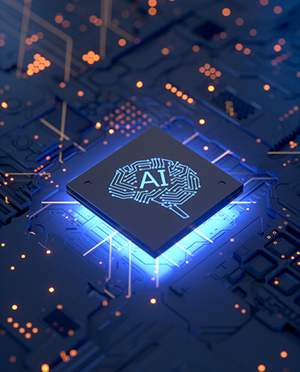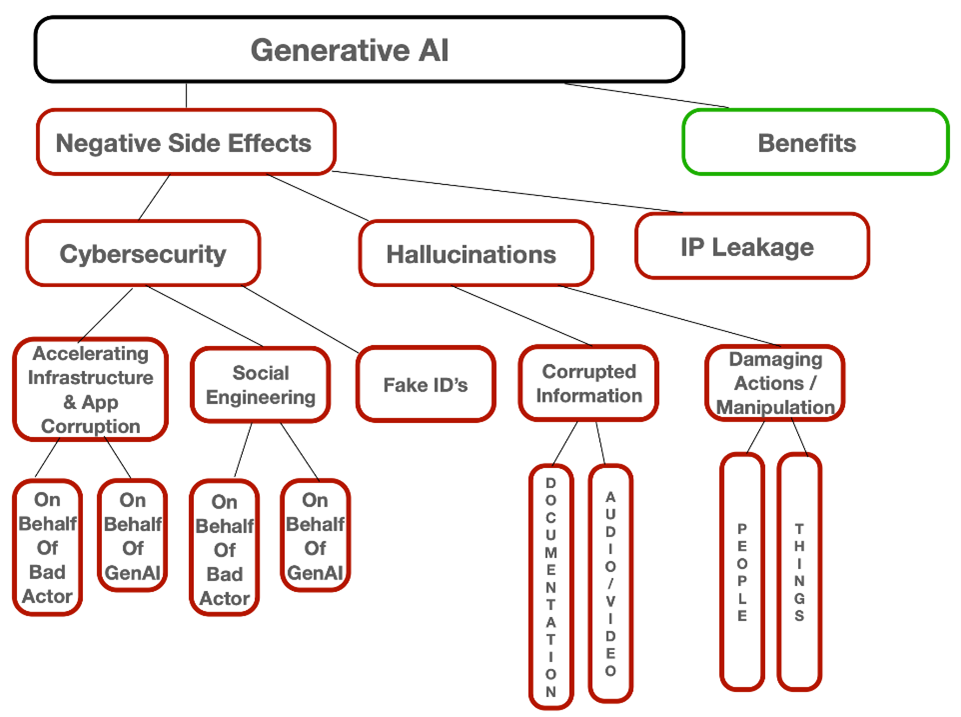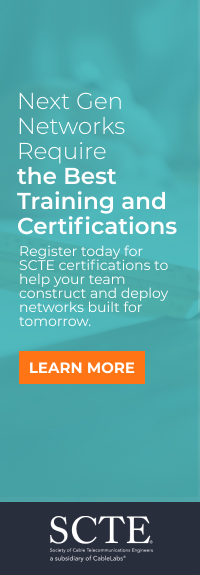The Future of GenAI
 The one thing we know for sure about GenAI is that there is a lot we don’t know. This is quite different from the last big tech disruption — the PC. Yet, in this environment of uncertainty, we have
to make decisions. To help provide a foundation for decision making, we should consider the following: the basic things we don’t know; GenAI’s future; financial considerations; and regulation. This
leads to a set of important questions upon which progress is possible. This background and list of questions defines a space within which we can make decisions and identify paths forward. Because
of the state of GenAI, architecting systems to include GenAI is going to be an exercise in decision making in an environment of uncertainty.
The one thing we know for sure about GenAI is that there is a lot we don’t know. This is quite different from the last big tech disruption — the PC. Yet, in this environment of uncertainty, we have
to make decisions. To help provide a foundation for decision making, we should consider the following: the basic things we don’t know; GenAI’s future; financial considerations; and regulation. This
leads to a set of important questions upon which progress is possible. This background and list of questions defines a space within which we can make decisions and identify paths forward. Because
of the state of GenAI, architecting systems to include GenAI is going to be an exercise in decision making in an environment of uncertainty.
What We Don’t Know
This is quite different from when the first microprocessors and the first microcomputers appeared, certainly for me. I had a clear sense of where that technology was going and how it could have a positive impact on society. I don’t have that sense about GenAI. What I have seen is that others, when they are fully honest, don’t either. It is hard even to put a list together of what we don’t know. But a good start might be we don’t know:
- How GenAI conceptually works.
- What it is good for.
- What it is bad at.
- If it should be regulated.
- How to regulate it if we want to.
- Whether it can destroy humanity.
We do know that GenAI has very positive potential benefits. At the same time we have a beginning sense of what the negative side effects are — see illustration below. We don't know if they can be eliminated.

Deep Fakes are not specifically called out in the illustration. Of course they are inherent in the social engineering cyberattacks shown. But they also have much more far reaching consequences. Deep Fakes have both positive and negative effects. Hallucinations are also a big problem, as is IP leakage. One other thing that is clear is that GenAI is not going to go away. Therefore, it is dangerous to ignore.
Stages of Technology Evolution
There are three stages of technology evolution:
- Stage One - Denial
- Stage Two - Implementation of the old paradigm with the new technology
- Stage Three - Realization of the new paradigm with the new technology
With GenAI, we are currently in transition from Stage Two to Stage Three. It is difficult to predict how long a Stage Two to Three transition will take. In the case of the PC, it took a decade. For GenAI, Stage Two is the use of GenAI to enhance the browser function. Stage Three is unclear.
There has been talk about how autonomous vehicles would eliminate the jobs of long-haul truck drivers, and what effect that would have on society. This was before GenAI. We are possibly beginning to see the results of GenAI triggering improvements in productivity on a wider range of job types.



















